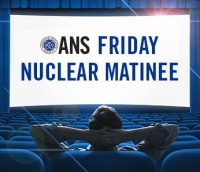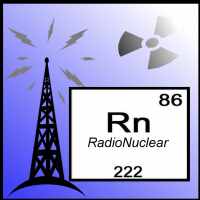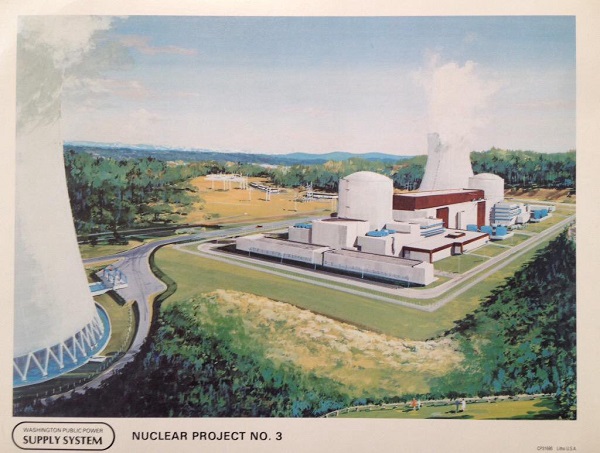Organic Cooled Reactors: Five Fast Facts!

Early 1960's artist's concept for a commercial organic cooled nuclear power plant - right near a city. This isn't far from what actually happened as we'll see below. Concept art published by Atomics International.
The present re-examination of reactor principles tried in the past but for one or another reason sidelined has skipped a very significant principle: Organic coolant. This was an early idea which received a great deal of research and press during the great buildup of nuclear technology; today, it's largely been forgotten. Let's take another look!


 Founded by the National Society of
Founded by the National Society of 
 Welcome to the New Year! Even though I am on the road, there is just so much happening lately in nuclear I could not pass up the opportunity to talk about it!
Welcome to the New Year! Even though I am on the road, there is just so much happening lately in nuclear I could not pass up the opportunity to talk about it!  I was honored to participate in a panel session on November 14, 2018, at the
I was honored to participate in a panel session on November 14, 2018, at the 
 ANS member Dr. Christopher Morrison was a recent guest on
ANS member Dr. Christopher Morrison was a recent guest on 